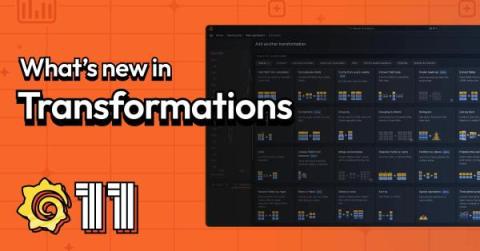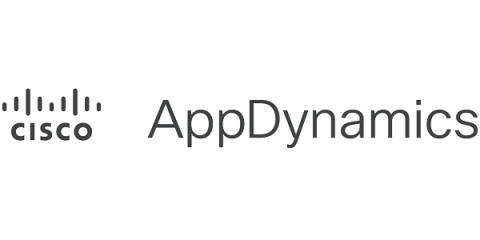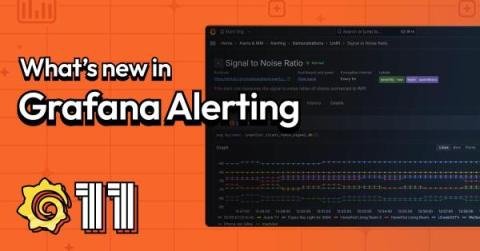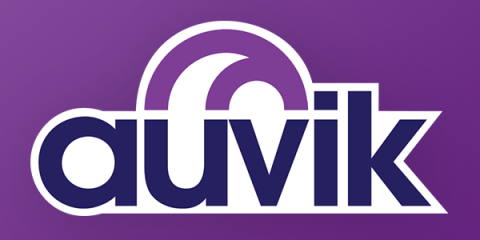How reliability differs between monolithic and microservice-based architectures
Microservices have forever changed the way we build applications. Tools like Docker and Kubernetes made microservice-based architectures widely accessible to software developers, and cloud platforms like Amazon EKS made deploying containers fast and inexpensive. They've also enabled even small engineering teams to deploy code faster, leverage fault tolerance and redundancy, scale more efficiently, and take full ownership of their services from development all the way into production.











